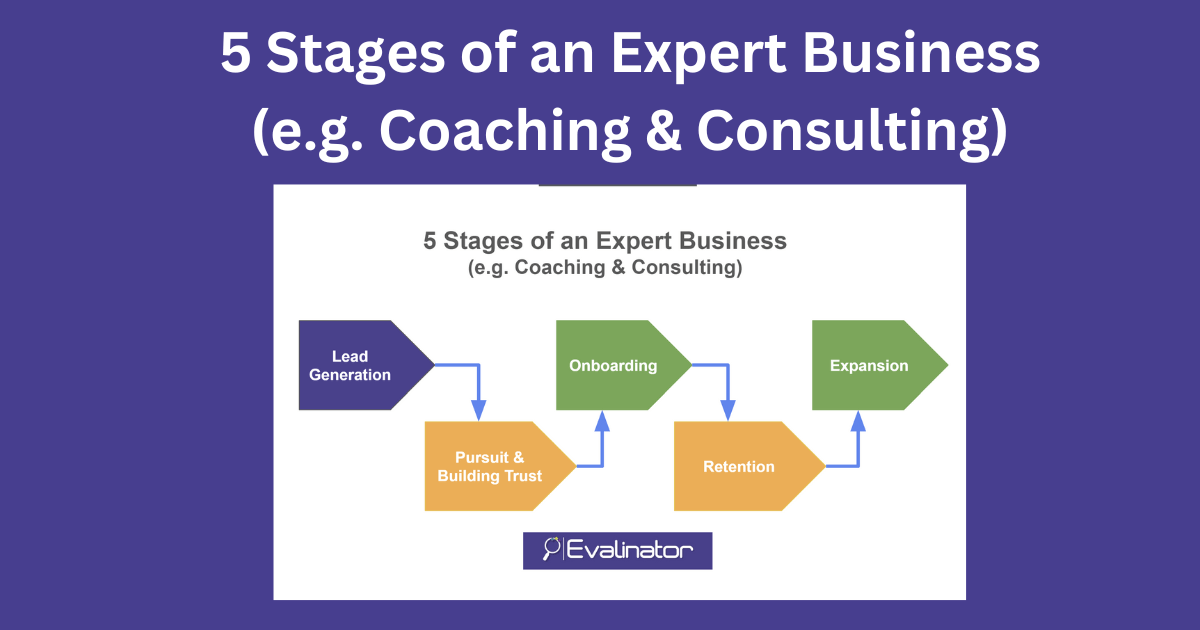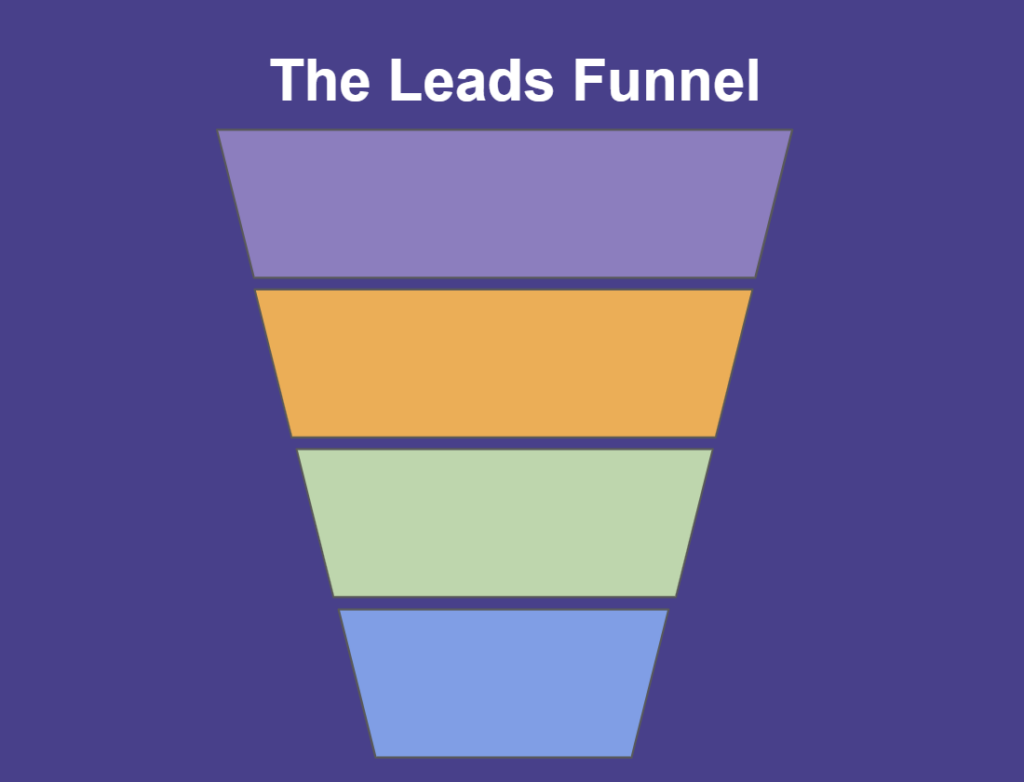


In this article, we will explore the lifecycle of an expertise based business such as a coaching or consulting business.
We will highlight the 5 key stages from lead generation to client retention. We will also showcasing the tools and strategies that can drive success.
Note: These businesses are also called independent expert businesses because they rely on the expertise of the founder. Other examples include marketing experts, financial advisors, business coaches, and so on.
An expert is someone who uses their knowledge, skills, and expertise to help others achieve their goals.
This category includes coaches, consultants, trainers, and agencies across various industries.
While each type of expert may have a unique approach, they all share a common goal: to provide value and empower their clients.
For these businesses, expertise is critical to drive differentiation and develop a framework that appeals to their target client base.
Experts tend to build authority in their field which automatically leads to brand awareness and growth.
The first stage in the lifecycle of any business including a coaching or consulting business is lead generation.
This is where you attract potential clients and build awareness about your services. Effective lead generation strategies might include:
One of the key elements of lead generation is a lead magnet – something that provides enough value so that prospective customers provide their contact information and raise their hands.
For example:
Once the clients have expressed interest in your offer, you can follow up to see if there is an opportunity and mutual fit.
Once you have generated leads, the next step is to pursue those leads and convert them into clients.
This stage involves establishing trust and demonstrating how your expertise can meet their needs.
Example: A coach might offer a free strategy session to help prospects identify their goals and show how their coaching services can support those goals.
After successfully converting a lead into a client, the onboarding process begins.
This is crucial for setting the right expectations and building a strong foundation for the client relationship.
Tools: Coaches might utilize a Wheel of Life assessment to help clients evaluate their current satisfaction in different areas of their lives and set goals accordingly.
Example: A trainer might conduct an initial assessment to gauge a client’s fitness level and create a tailored workout plan based on their specific needs.
Retaining clients is essential for long-term success. This stage focuses on maintaining relationships and delivering ongoing value to ensure clients continue to engage with your services.
Tools: Consultants can use maturity models and needs assessments to gauge clients’ progress and identify areas for improvement.
Example: A business consultant may perform quarterly assessments to measure a client’s growth and realign strategies based on their evolving needs.
In this stage, it’s important to demonstrate the value you bring to your clients continuously.
This not only reinforces their decision to work with you but also encourages them to refer others to your services.
Example: Based on the assessment results, and the goals that were set, an expert can provide clients with demonstrable progress measurement on the goals.
An interactive assessment or quiz can be used to clearly show a before-after picture to clients, and set goals for the next phase of the relationships.
The lifecycle of an independent expert business such as a coaching and consulting business has various stages, each requiring specific strategies and tools.
By focusing on lead generation, pursuing prospects in a personalized way, onboarding clients effectively, retaining relationships, and showcasing the value you provide, you can build a successful and sustainable business.
The key to thriving in a competitive landscape lies in continuously delivering value and adapting to your clients’ needs.
Take advantage of our 14 day free trial by creating your own lead generation quiz and interactive onboarding assessment. Each comes packed with goal setting and before-after pictures.

Feeling frustrated with lead generation?
Take this free, 5-minute quiz and get more prospects into your leads funnel.
Instant Results. Actionable recommendations. Email required.
Find Your Score >>